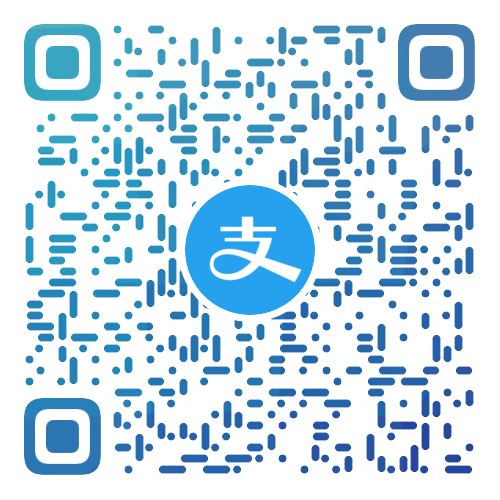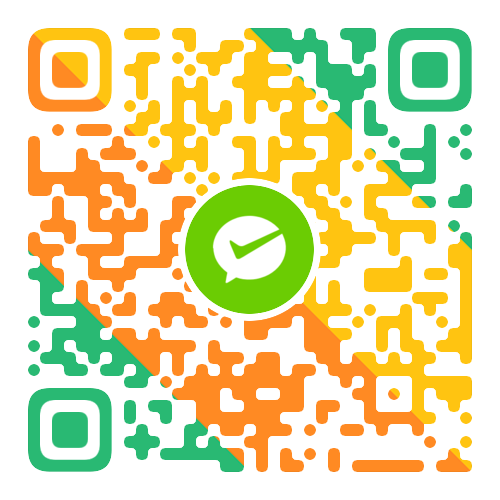轻松打造Tailwind CSS下拉组件:从入门到精通,实战案例解析
引言
Tailwind CSS 是一个功能类优先的 CSS 框架,它允许开发者通过简单的类名来构建复杂的 UI 组件。下拉组件是许多应用中常见的 UI 元素,本文将带您从入门到精通,一步步打造一个 Tailwind CSS 下拉组件,并通过实战案例进行解析。
一、Tailwind CSS 简介
在开始之前,我们先来了解一下 Tailwind CSS。Tailwind CSS 是一个功能类优先的 CSS 框架,它提供了一套预先定义好的类名,开发者可以通过组合这些类名来构建各种 UI 组件。Tailwind CSS 的核心思想是“实用主义”,它让开发者可以快速构建响应式、可复用的 UI 组件。
二、创建下拉组件结构
首先,我们需要创建下拉组件的结构。在 Tailwind CSS 中,我们可以使用以下类名来构建一个基本的结构:
<div class="relative"> <button class="flex items-center justify-between w-full py-2 pl-3 pr-10 text-sm text-gray-500 border border-gray-300 rounded-md hover:text-gray-700 focus:outline-none focus:ring-2 focus:ring-blue-500 focus:ring-opacity-50"> <span class="block truncate">选项 1</span> <svg class="ml-2 -mr-1 h-5 w-5" xmlns="http://www.w3.org/2000/svg" viewBox="0 0 20 20" fill="currentColor" aria-hidden="true"> <path fill-rule="evenodd" d="M5.293 7.293a1 1 0 011.414 0L10 10.586l3.293-3.293a1 1 0 111.414 1.414l-4 4a1 1 0 01-1.414 0l-4-4a1 1 0 010-1.414z" clip-rule="evenodd" /> </svg> </button> <div class="absolute z-10 mt-2 w-full origin-top-right rounded-md shadow-lg bg-white divide-y divide-gray-100 ring-1 ring-black ring-opacity-5"> <div class="px-2 py-3"> <a href="#" class="block px-4 py-2 text-sm text-gray-700 hover:bg-gray-100">选项 1</a> <a href="#" class="block px-4 py-2 text-sm text-gray-700 hover:bg-gray-100">选项 2</a> <a href="#" class="block px-4 py-2 text-sm text-gray-700 hover:bg-gray-100">选项 3</a> </div> </div> </div> 在这个例子中,我们使用 relative 类名来创建一个相对定位的容器,以便放置下拉菜单。下拉按钮使用 flex、items-center、justify-between 等类名来创建一个水平布局,并使用 w-full、py-2、pl-3、pr-10 等类名来设置宽度和内边距。箭头图标使用 ml-2、-mr-1、h-5、w-5 等类名来设置位置和大小。
三、添加交互效果
为了使下拉组件具有交互效果,我们需要使用 Tailwind CSS 的响应式类名和 JavaScript。
<script> const dropdowns = document.querySelectorAll('.dropdown'); dropdowns.forEach((dropdown) => { dropdown.addEventListener('click', () => { dropdown.classList.toggle('active'); }); }); </script> 在这个例子中,我们使用 JavaScript 为每个下拉按钮添加了一个点击事件监听器。当点击下拉按钮时,它会切换 active 类名,从而触发 Tailwind CSS 的响应式效果。
四、实战案例解析
以下是一个使用 Tailwind CSS 下拉组件的实战案例:
<div class="relative"> <button class="flex items-center justify-between w-full py-2 pl-3 pr-10 text-sm text-gray-500 border border-gray-300 rounded-md hover:text-gray-700 focus:outline-none focus:ring-2 focus:ring-blue-500 focus:ring-opacity-50"> <span class="block truncate">选择国家</span> <svg class="ml-2 -mr-1 h-5 w-5" xmlns="http://www.w3.org/2000/svg" viewBox="0 0 20 20" fill="currentColor" aria-hidden="true"> <path fill-rule="evenodd" d="M5.293 7.293a1 1 0 011.414 0L10 10.586l3.293-3.293a1 1 0 111.414 1.414l-4 4a1 1 0 01-1.414 0l-4-4a1 1 0 010-1.414z" clip-rule="evenodd" /> </svg> </button> <div class="absolute z-10 mt-2 w-full origin-top-right rounded-md shadow-lg bg-white divide-y divide-gray-100 ring-1 ring-black ring-opacity-5"> <div class="px-2 py-3"> <a href="#" class="block px-4 py-2 text-sm text-gray-700 hover:bg-gray-100">中国</a> <a href="#" class="block px-4 py-2 text-sm text-gray-700 hover:bg-gray-100">美国</a> <a href="#" class="block px-4 py-2 text-sm text-gray-700 hover:bg-gray-100">英国</a> </div> </div> </div> 在这个案例中,我们创建了一个下拉组件,用于选择国家。当用户点击下拉按钮时,下拉菜单会显示出来,用户可以选择一个国家,并关闭下拉菜单。
五、总结
通过本文的讲解,您已经掌握了如何使用 Tailwind CSS 创建一个下拉组件。Tailwind CSS 的功能类优先和响应式特性使得构建 UI 组件变得非常简单。在实际开发中,您可以根据需求调整下拉组件的结构和样式,使其更加符合您的应用。

 支付宝扫一扫
支付宝扫一扫 微信扫一扫
微信扫一扫

